June 13, 2022
The cost of RV travel can add up quickly, but strategic and patient planning make hitting the road possible on any budget. RVing is one of the most economical ways to travel, and thousands are able to enjoy RV living while keeping their finances in check. In order to RV on a budget, it’s important to have an idea of how much you’ll be spending, whether full-time RVing or just taking your motorhome, travel trailer or camper van out a few times a year. When estimating how much you will need, consider how you’re financing your RV, annual maintenance costs, campground fees, gas prices, and food costs. As you plan out the costs of your RV travel, below are some ways you can save money while travelling in an RV. Create an RV travel budget and stick to it The first tip for RVing on a budget is to understand how much you will be spending overall. Some of your costs are going to be fixed, like RV payments, insurance, etc. Make sure you are getting the best possible rates for your fixed cost by price comparing insurance coverage. One of the biggest benefits of RV travel is that you largely control the cost. Whatever your destination, timeline, and must-see activities are, you can make it work within your budget. Start by figuring out how much money you are willing to spend, subtract your fixed costs and then prioritize your flexible costs. Do you want to travel frequently? Gas prices are high, and could get even higher. Consider taking shorter distance trips to offset the rising costs. Do you need to stay at campgrounds with hook-ups? Site fees are likely going to be more expensive than rustic campgrounds or sites with limited services. Once you know what’s most important to you, you can pick the areas where you can cut back. RV Maintenance: Maintain your home away from home Regardless of what they drive, responsible RV owners all have one thing in common. They know the best method of avoiding costly repairs is preventative maintenance. Putting it off could subject your wallet to towing fees, lost time and hastily-needed repairs that often cost substantially more than they would if addressed sooner. Regularly servicing your RV at home can cut costs substantially, but not everyone has the mechanic skills and knowhow. There are many videos online that can teach you how to fix simple repairs! Find the right campsite at the right price Another substantial cost in RV travel is paying for campsites. When you’re RVing on a budget, these costs can add up quickly. The cheapest way to camp is by boondocking, which is also known as “dry camping” without electricity or water hookups. Typically, boondocking RV sites are on public land and are either very low-cost or completely free. You also get the added benefits of more flexibility and better views when boondocking. It’s true that traditional RV camping has its benefits, like access to running water and being able to do laundry. However, you can’t beat the freedom that comes with boondocking, and it’s far gentler on the RV budget as well. Along the same lines as boondocking, sometimes the best activities are the ones off-the-beaten-path. National parks, beaches, and theme parks are popular for a reason, but they also come with substantial expenses. Admission costs, parking fees, and pricey food can quickly bust an RV budget. If you plan ahead, you’ll find plenty of low-cost and totally free activities along your route. As a bonus, you’ll probably end up discovering some awesome activities and places you would never have known about otherwise! But if you’re trying to avoid bigger issues, give us a call at Smitty’s RV and welding to learn more about having your RV professionally serviced., it’s easy to schedule an appointment with Smitty’s to have your RV serviced before your next road trip. Speak to us at Smitty’s RV and Welding if you have any questions about your towing capacity or which tow bars or hitches to install. We also specialise in tow hitch installations and custom hitch installations for all types of vehicles and RVs.
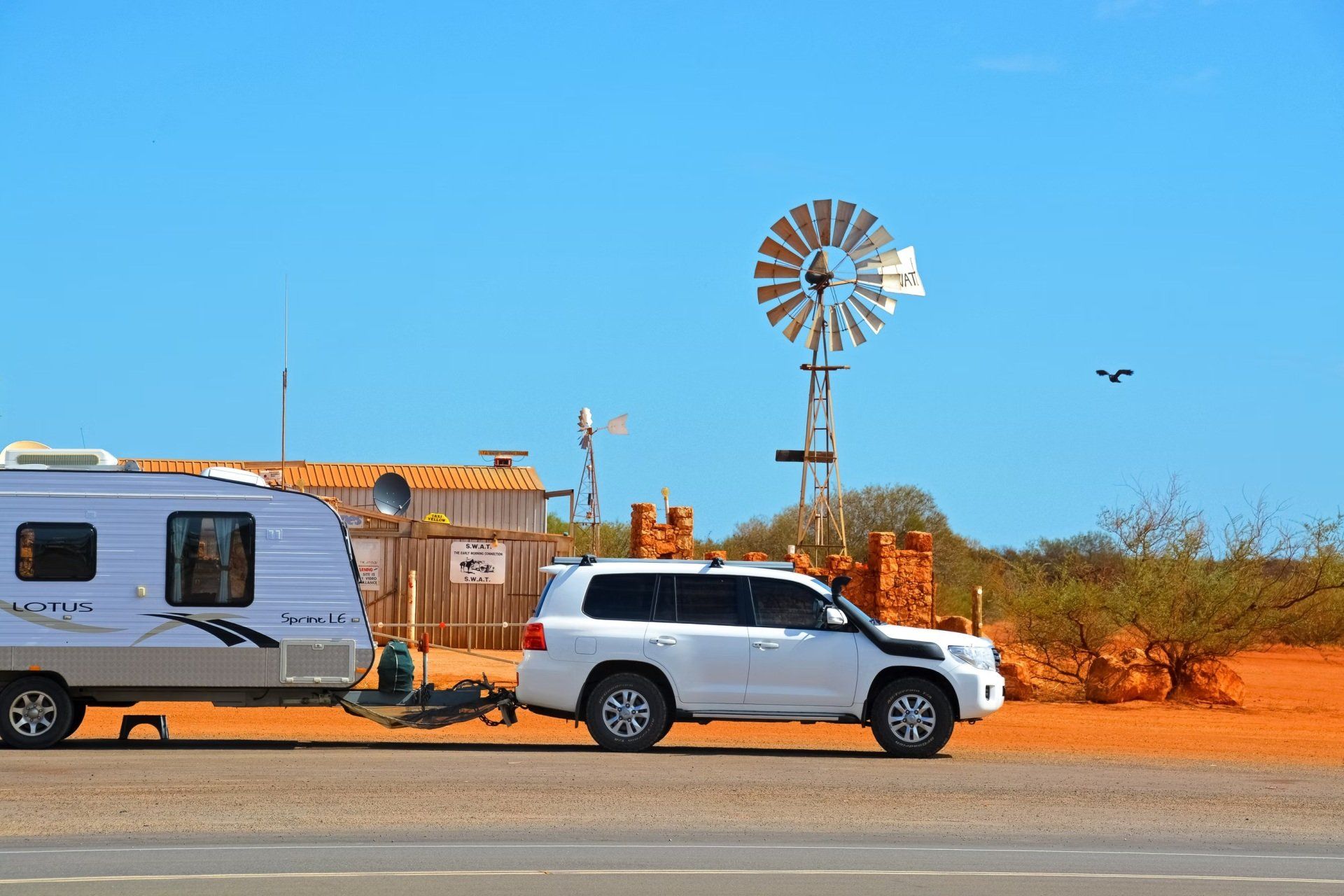



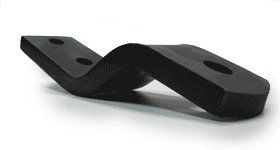
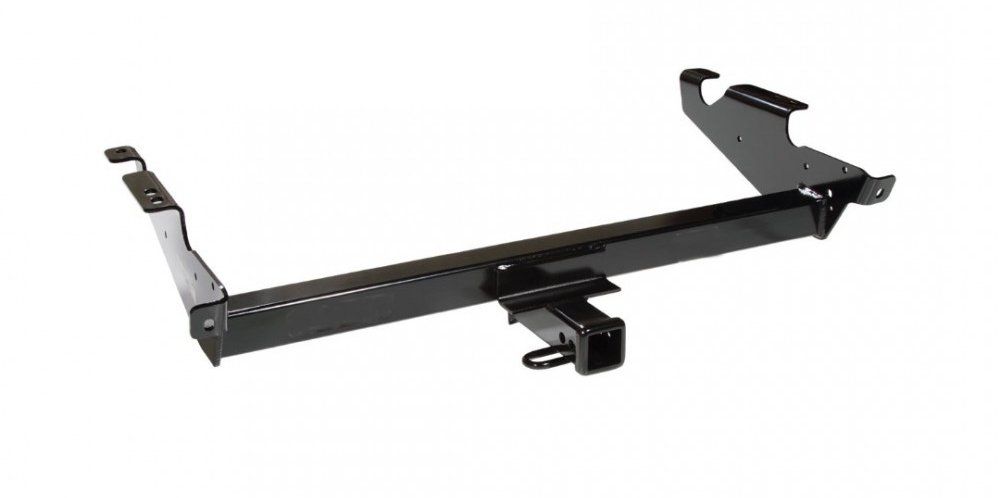
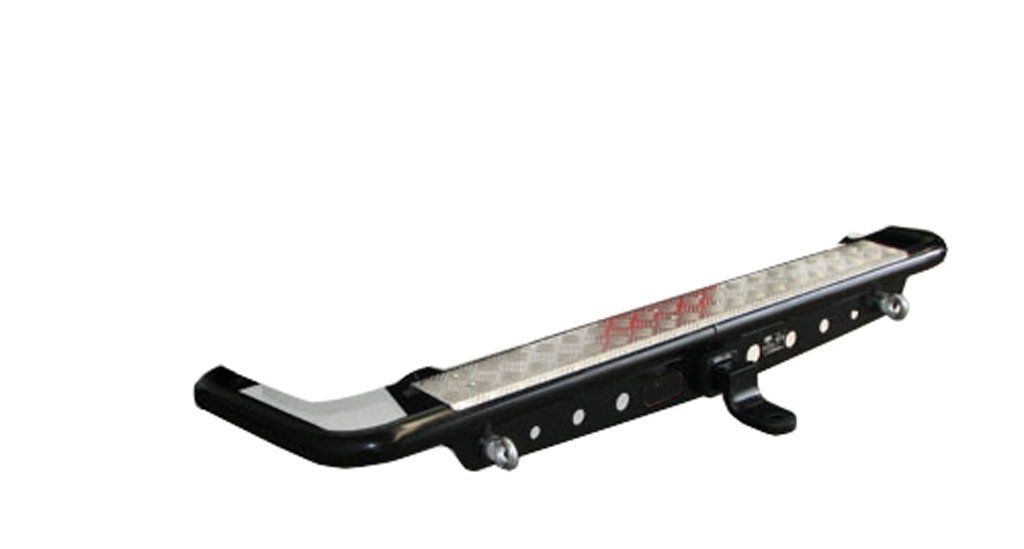
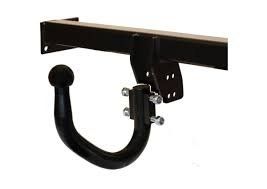

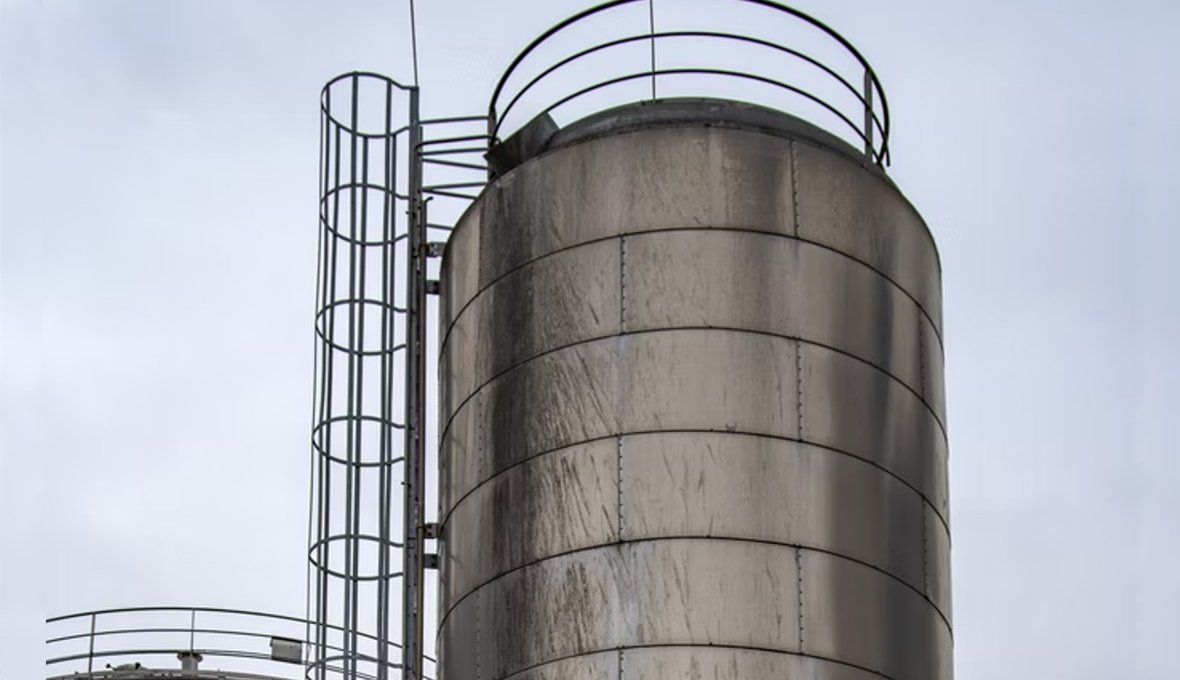



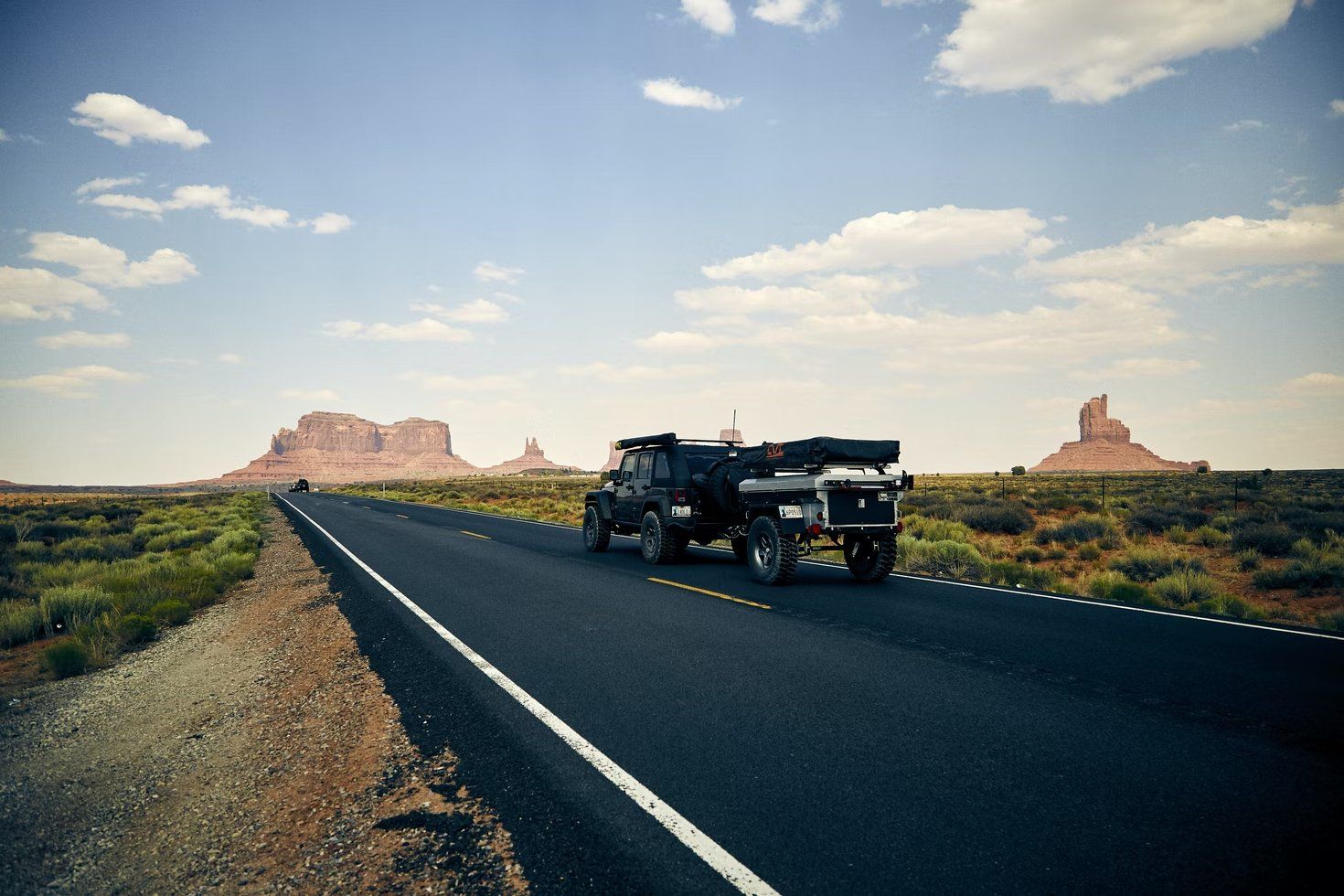
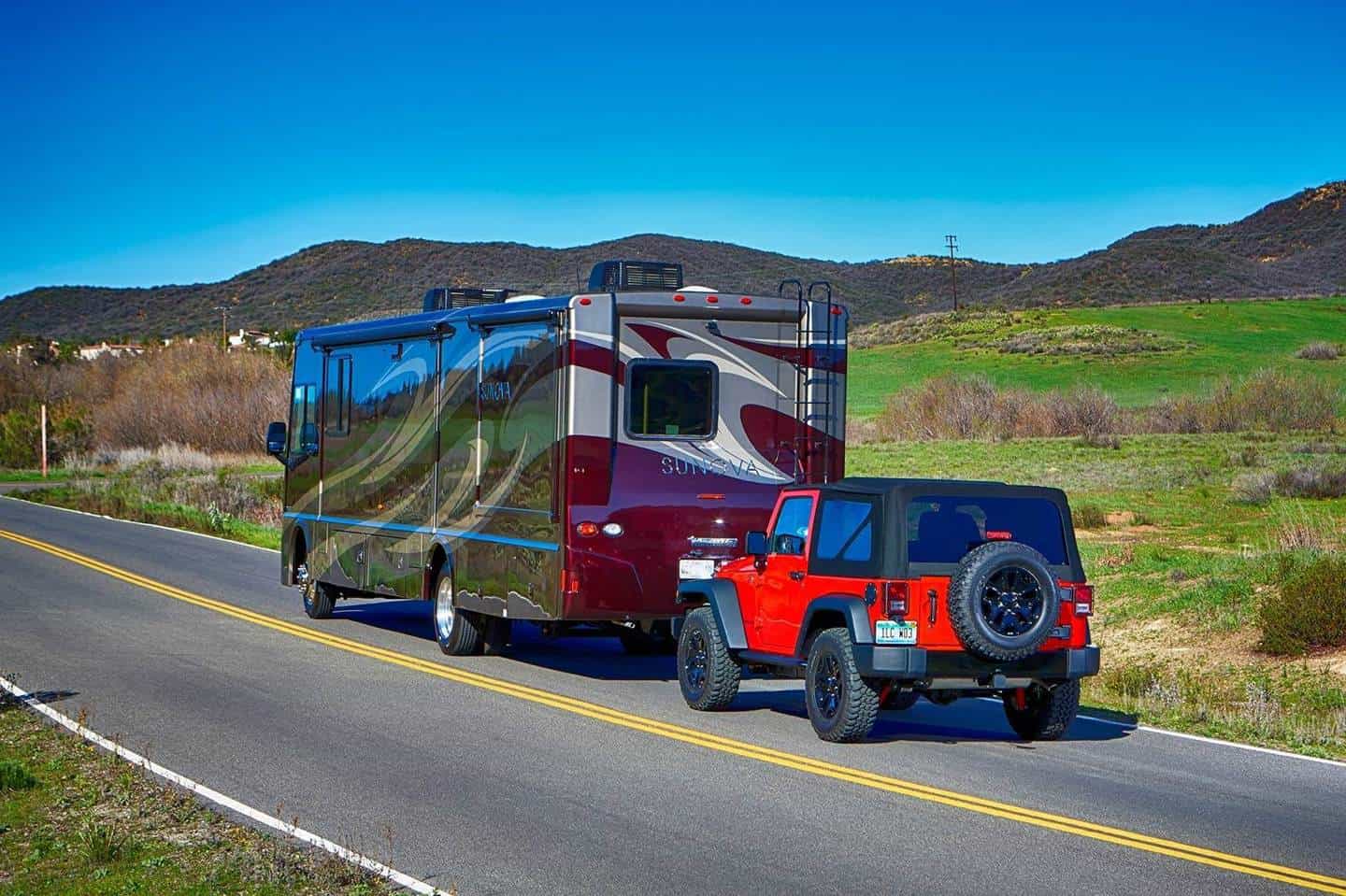
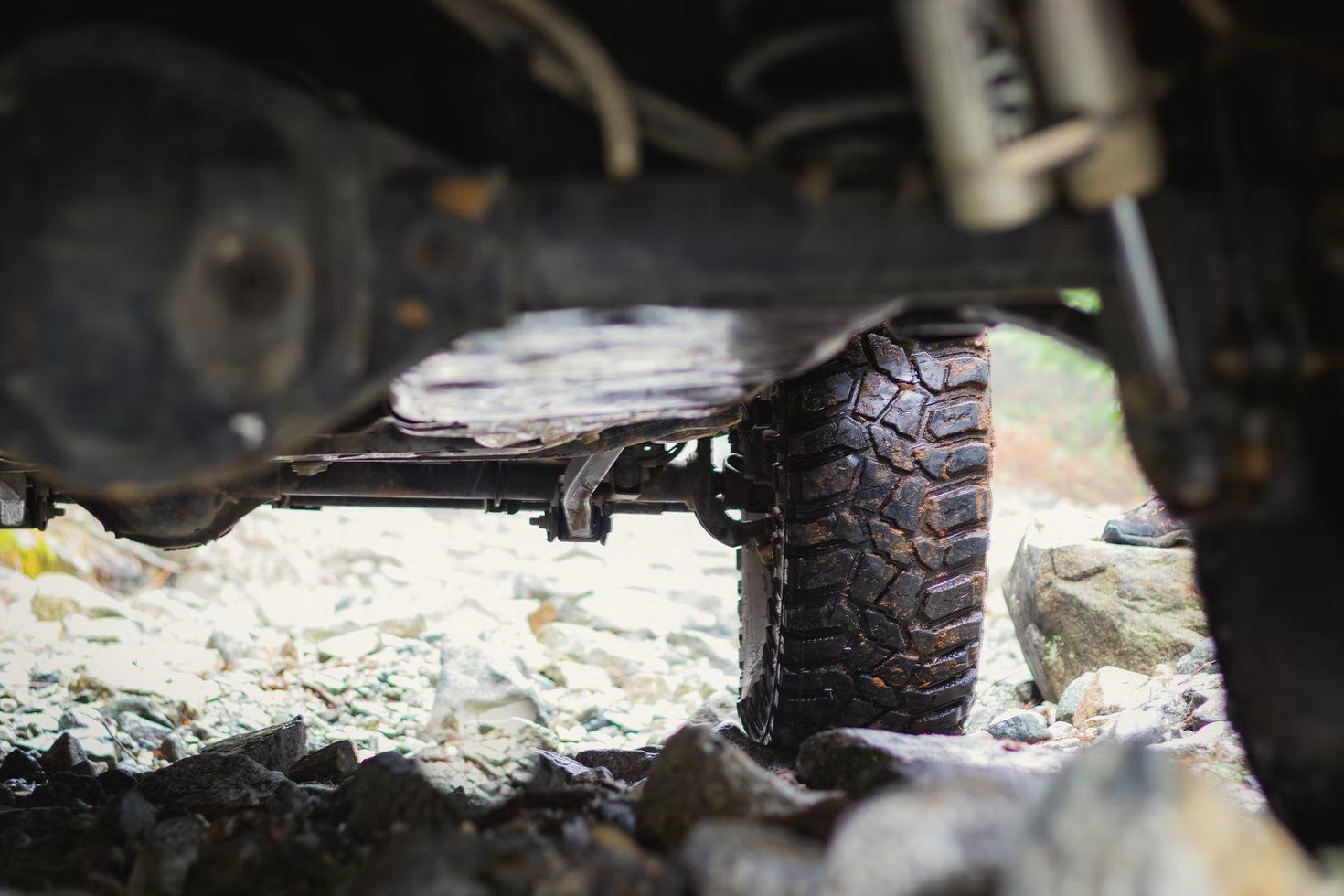

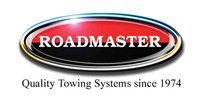


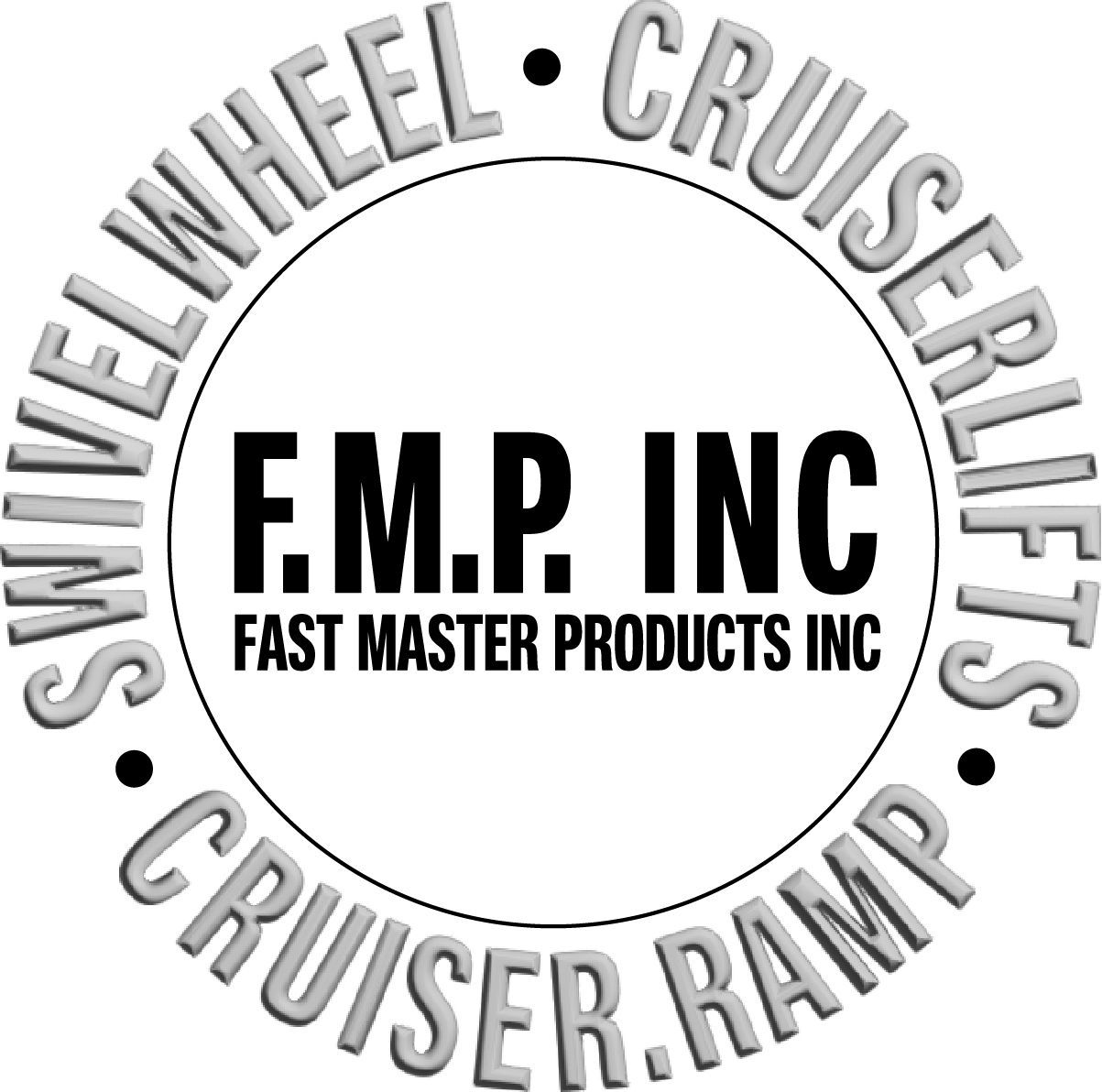
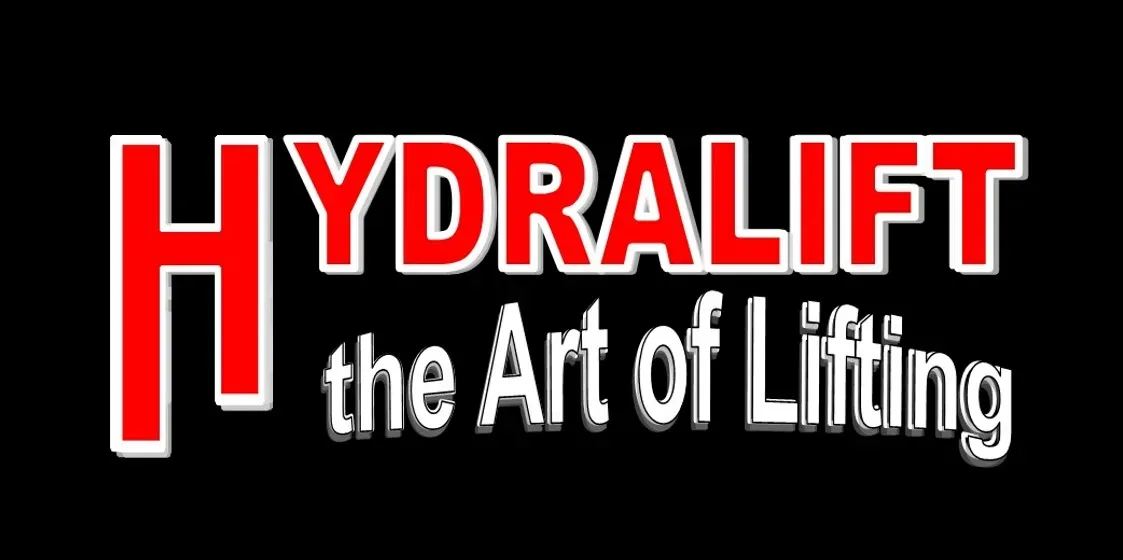
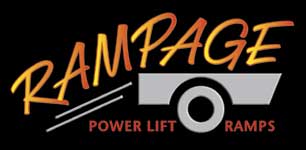

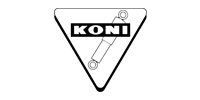

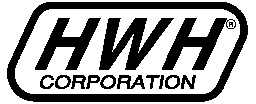

Share On: